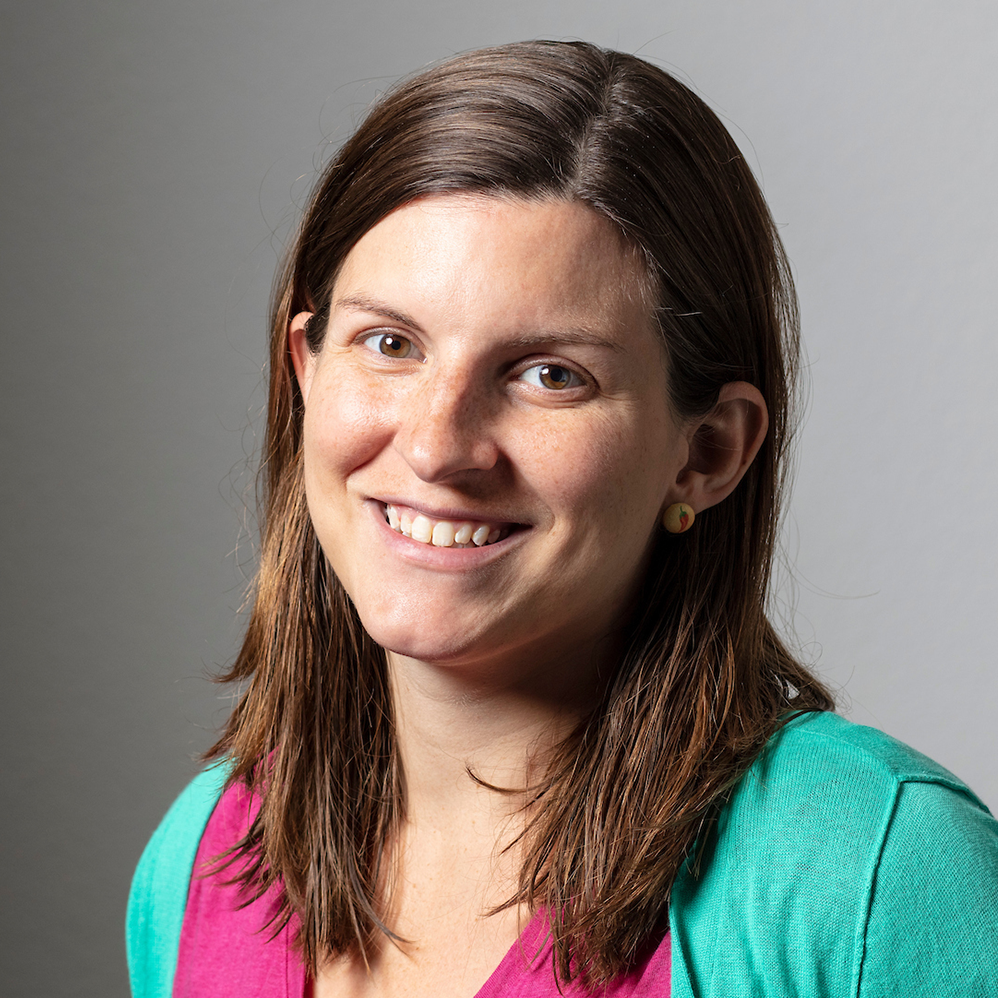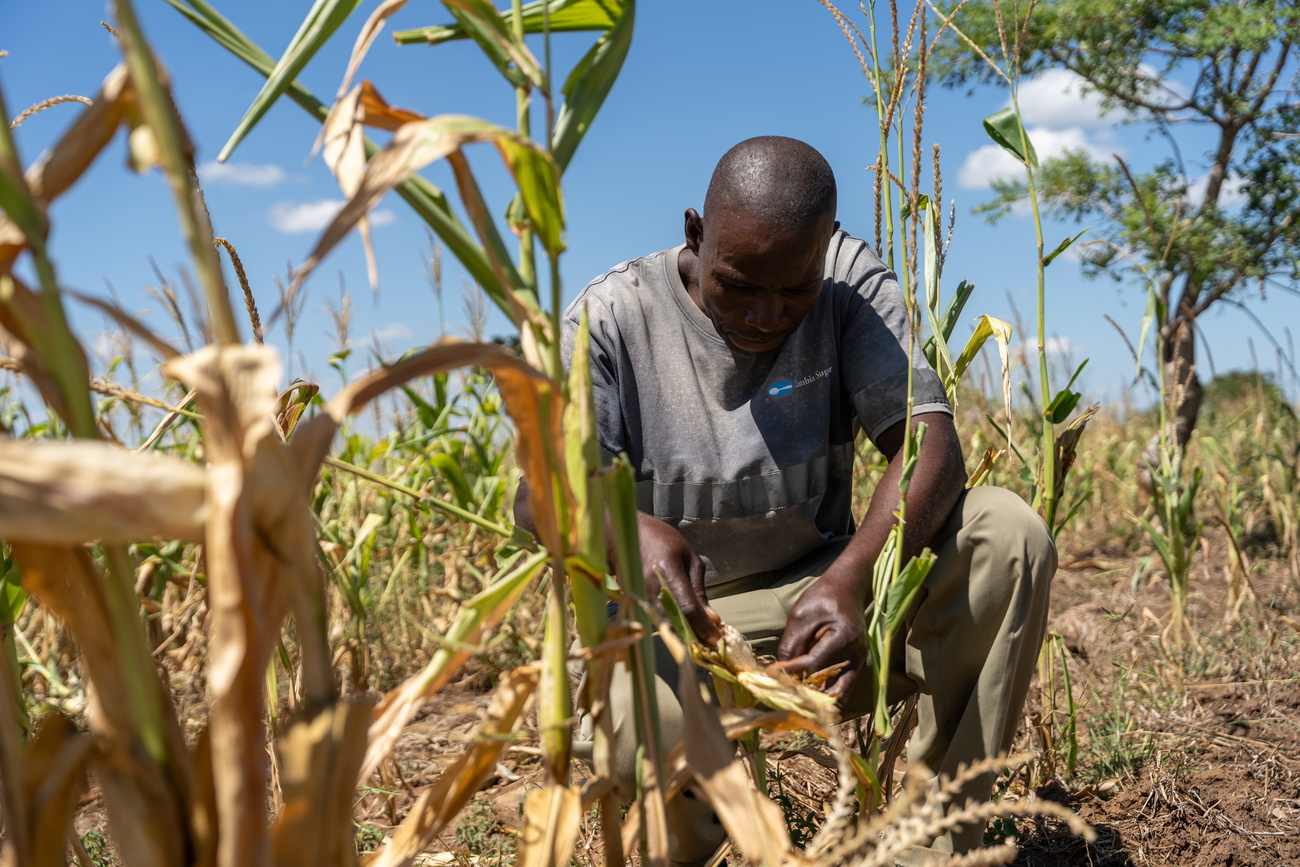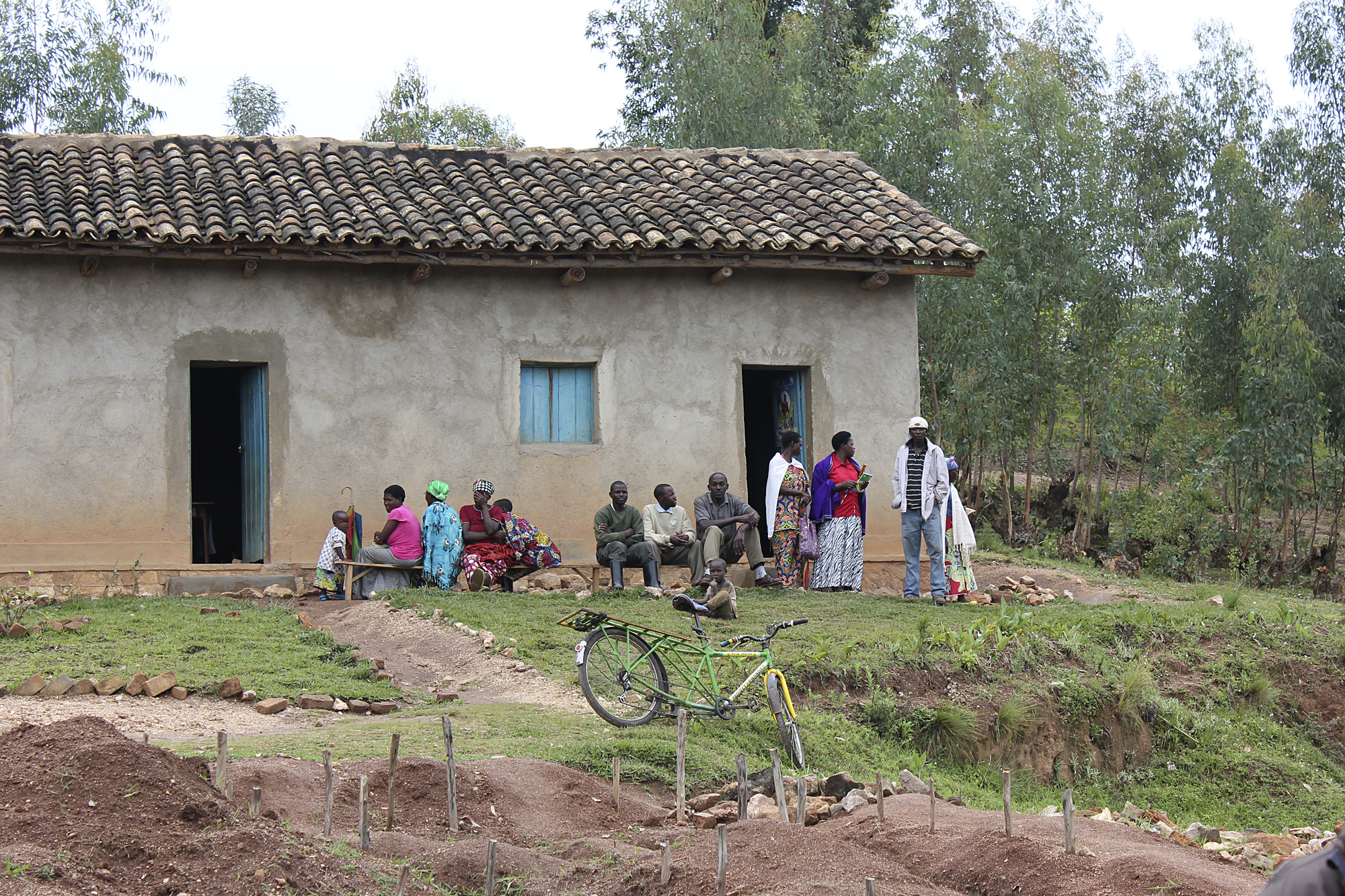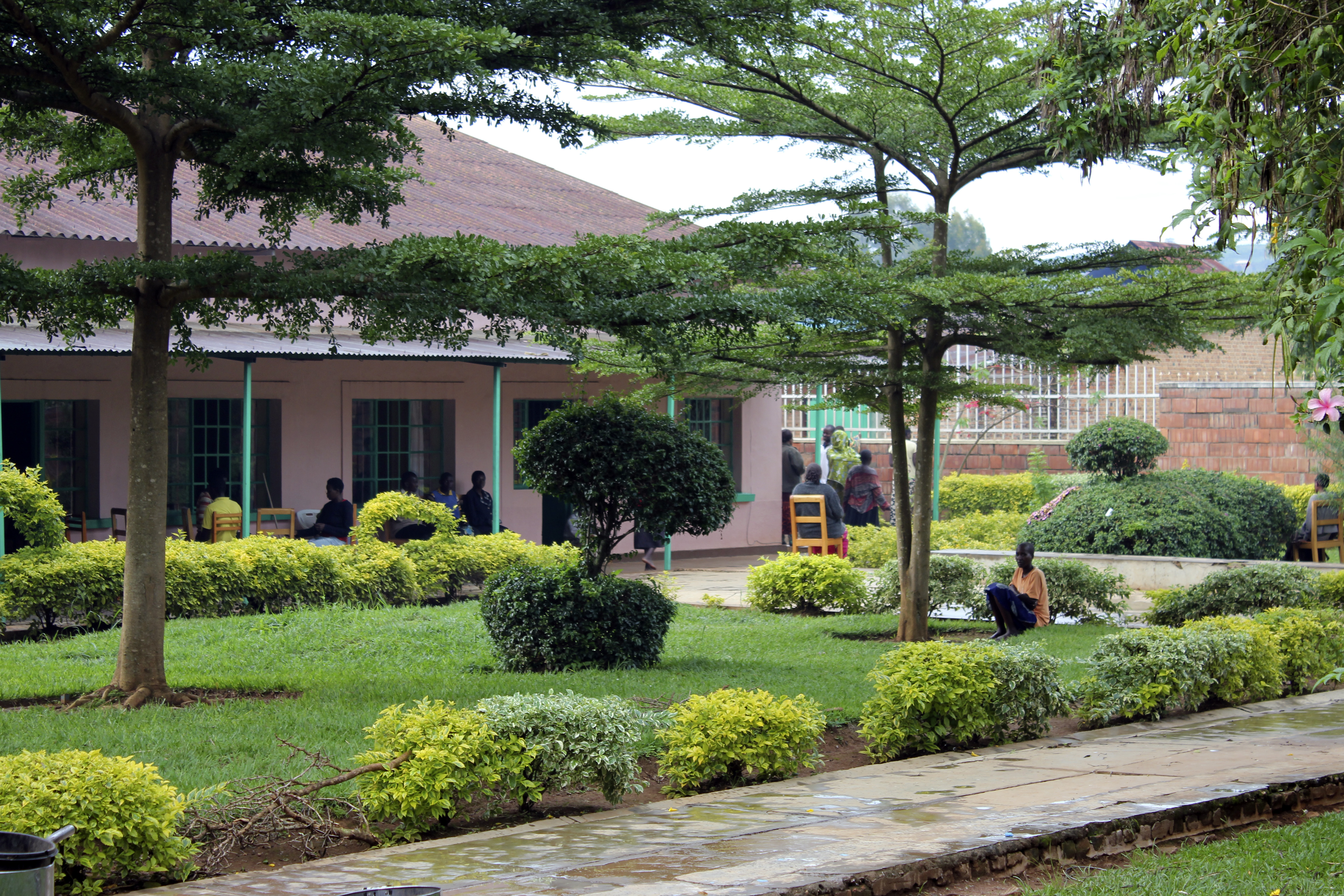The future is now for Swiss-led drone project in Rwanda

A winged craft glides gracefully into a tent-like building alive with activity. It’s re-loaded with supplies, then sent on its way again. This isn’t a scene from the latest Star Wars film, but a dream for Rwanda’s future that one man is turning into reality – from a university campus in Switzerland.
Jonathan Ledgard’s basement office occupies a small corner of Lausanne’s Federal Technology Institute EPFL. Although it’s some 9,000 kilometres from Rwanda, Ledgard, a British citizen and novelist who spent ten years as the Africa correspondent for The Economist magazine, is no stranger to the needs of that country and the surrounding region. When he joined the EPFL’s Afrotech think-tank to come up with ways to meet those needs, his thoughts quickly turned to robots in the sky.
“Flying robots carrying stuff is inevitable on a crowded planet in the 21st century,” Ledgard says, arguing that populations are growing so quickly that traditional government infrastructure projects can’t keep up.
The flying robots he envisions are a new generation of drones. Their function is not to spy or carry out military missions, but to transport goods – especially medical supplies – to hard-to-reach places.
“In Africa, if you have severe anaemia or had a trauma of any kind, you’re probably going to die because there’s just not enough blood available…it doesn’t travel well.”
Ledgard’s project is called the Red Line, referring to the transport line for blood and medical supplies that the aircraft will initially provide, starting this year. Later on, he plans to open it up for commercial use with a second version called the Blue Line. And he wants to use the project to create the world’s first legal regulations for transport drones.
A new kind of railway
As it turns out, the science fiction comparison isn’t so far off. Priority No. 1 was building something cheap but sturdy – at a price point of less than CHF1,000 per drone – but it also needed to look “really cool”, as Ledgard puts it: “like a VW Beetle mated with a Star Wars fighter”. Although the price tag may still seem high, especially for rural African communities, Ledgard insists a drone costs less than a motorbike, which are used all over the region – and that the environment is ripe for this kind of investment.
“Half the population in most African countries is under 18. And those young people, in my experience, they want Star Wars. They want the future now.”
His team will start this summer by building a single drone port, designed by British architect Norman Foster. Ledgard ultimately envisions a network of them that become hubs within their respective communities, not unlike the first European railway stations that “cut right into the centre of the town”.
The ports will also contain repair stations with a 3D printing shop and medical supply infrastructure. They can cost no more than $350,000 to $400,000 to build, according to Ledgard – “about the same price as a petrol station” – which has proven to be one of the project’s main engineering challenges.
PLACEHOLDER
Another of Ledgard’s main goals is developing laws for the use of transport drones in Rwanda that are “simple, safe, secure and which can be applied in many other countries, especially poorer ones where the road system isn’t going to get built out”. There is currently no international legislation governing the use of transport drones, and Rwanda would be the first country to develop such a legal framework within its own borders.
Ledgard doesn’t deny that the project sounds ambitious and acknowledges the many factors that could challenge it.
“As a species, instinctively, we don’t like the idea of unmanned craft going over our heads,” he says. “So I think there is a possibility that people will think, ‘We don’t want this’. What happens when your first [drone] crashes into a farm? When a local leader says, ‘This is a dangerous technology related to spying’? You have to deal with all those things.”
Ledgard says his team plans to tackle and anticipate those hurdles by working closely with the local community as well as cultural anthropologists. But good design, he feels, is the real key to the technology’s success.
“I fully expect people to absorb it into their lives as long as it’s beautiful and not intrusive.”
Why Rwanda?
For Lukas Zürcher, a historian at the University of Zurich specialising in African and development history, it’s clear why Ledgard and his team chose Rwanda as a place to pilot the Red Line. Because of its small size, he says, many believe the effects of development work are felt more quickly. And today, it’s a stable country, thanks in part to its current president Paul Kagame, who helped transform it into one of the region’s economic powerhouses.
“At the moment, Rwanda is very interested in positioning itself as a top developing country…it doesn’t have any natural resources and sees potential in becoming a sort of technology hub,” Zürcher says.
Zürcher points out that Rwanda’s stability can also partially be attributed to significant police and intelligence activities. Human rights groups have arguedExternal link that Kagame’s government suppresses political criticism and press freedoms, charges the government denies.
Kagame recently announced he will take advantage of amendments made to to the country’s constitution last year that allow him to seek a a third term as president. It’s a development the US condemned and which Zürcher views as “potential for worry,” especially given recent violence in neighbouring Burundi after their longtime leader made a similar move.
Switzerland, which has a long history of involvement in Rwanda (see infobox), declined to comment on Kagame’s bid for a third term via the foreign ministry.
For his part, Ledgard says his team chose Rwanda “because we get land and airspace, and we have a very supportive government and a strong relationship with the national university in Rwanda to get young engineers in on the project”. Rwanda’s security and stability also played a role, he said, because he “would worry” about implementing the project in a place where an outside group could hijack the drone network and use it for other purposes.
Background: Rwanda and Switzerland
According to historian Lukas Zürcher, Rwanda was the top priority for Swiss development aid for several decades beginning in the 1960s. At the time, it was receiving little aid from major world powers such as the US or Russia, and Switzerland saw a chance to put down roots in a country it saw as allegedly similar to itself in terms of terrain.
Eventually, Zürcher says, the Swiss also came to see their own history in the conflict between the Tutsis and the Hutus, with the Tutsis viewed as the invading force – like the Hapsburgers – and the Hutus as the rightful natives.
So when current Rwandan President Paul Kagame – a leading Tutsi – rose to power in the mid-1990s and was elected to the presidency in 2000, the Swiss tread carefully.
“The elephant in the room was the fact that Switzerland had worked closely with the Hutus for more than 30 years,” Zürcher explains.
Swiss-led
The Red Line project is mostly being designed and funded by Swiss universities and businesses, with support from some counterparts in Africa, the United Kingdom and Silicon Valley. Ledgard came to Switzerland to work on it, he says, because the country has a liberal attitude towards drone technology and unique interests in the project. There’s the Geneva brokerage industry dealing in many of the Africa’s key resources, plus the humanitarian sector – the International Committee of the Red Cross (ICRC) is a partner in the project.
“Then we have the pharmaceutical industry, and it’s likely that some of the financing for Red Line will come from big pharma companies and their owners,” Ledgard adds. “And the university sector in Switzerland is a world leader in robotics.”
That heavy Swiss involvement resonates with the vision of those who chose to make Rwanda Switzerland’s No. 1 priority for development aid at the beginning of the 1960s. Zürcher says that at the time, Rwanda “was seen as a kind of display window where Swiss expertise and know-how could be shown to the world”.
However, he chooses to view the Red Line project outside of the context of the many African development aid projects that Switzerland and other countries have been involved in, simply as a group of organisations trying out new technologies in a place where it makes sense.
“I find that if you look at it that way, it loses a lot of baggage,” he says.
And for Ledgard, whose dream is to take the project to Ethiopia by 2020, the project’s central question extends well beyond Rwanda’s borders.
“Can we set the terms of the [cargo drone] industry before it happens in favour of most people in the world who don’t have roads or access to technology?”
Stay tuned.

In compliance with the JTI standards
More: SWI swissinfo.ch certified by the Journalism Trust Initiative












You can find an overview of ongoing debates with our journalists here . Please join us!
If you want to start a conversation about a topic raised in this article or want to report factual errors, email us at english@swissinfo.ch.